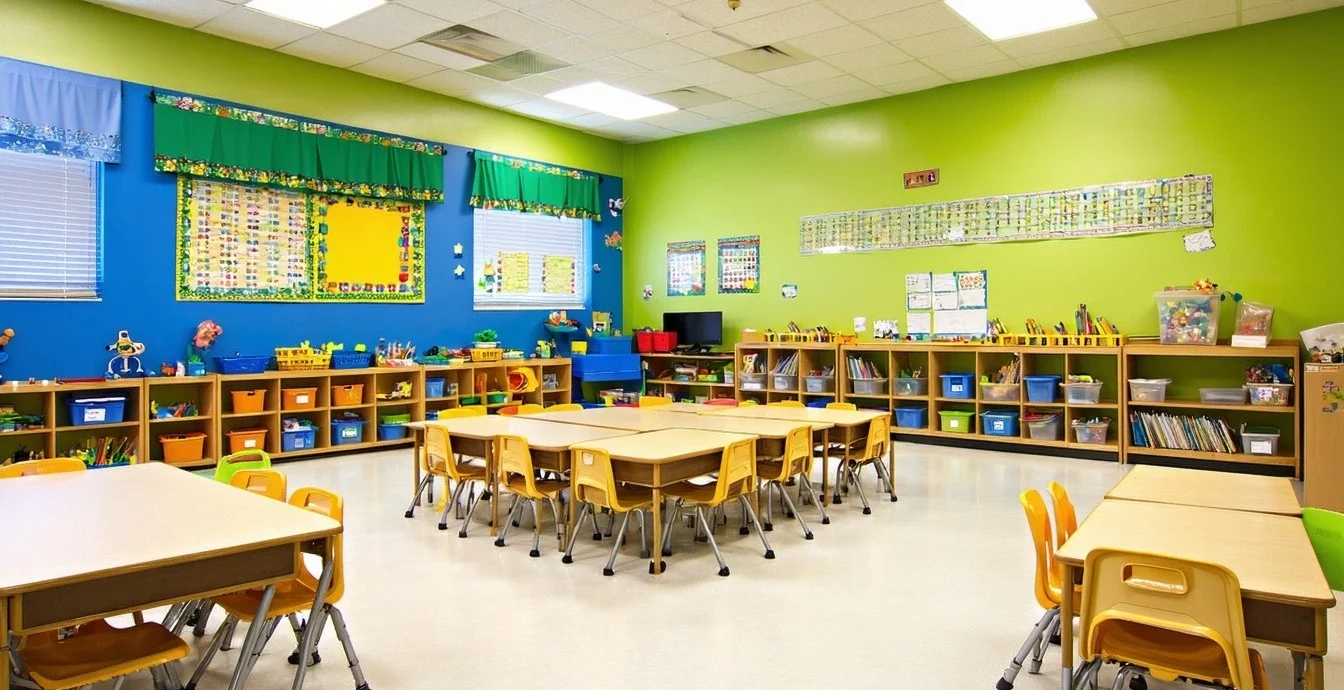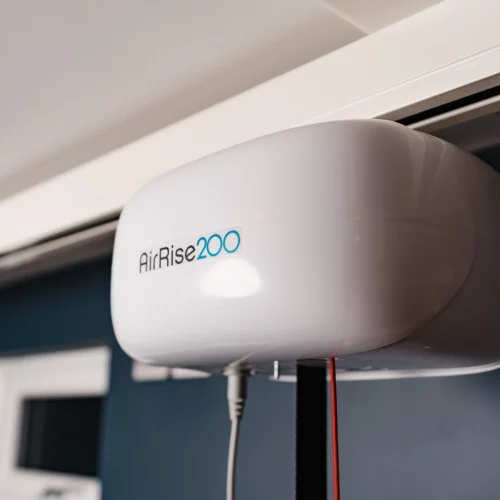Understanding the Needs of Autistic Students
Understanding the unique needs of autistic students is the first step towards creating an inclusive classroom. Autistic students often have distinct ways of processing information, communicating, and interacting with their environment. It’s essential to recognize that each student is unique, and what works for one may not work for another.
Building a strong foundation of trust and empathy is crucial. Engage with students, parents, and specialists to gain insights into the individual needs of each student. This collaborative approach ensures that the educational strategies you implement are both effective and respectful of each student’s unique experience.
Creating a Sensory-Friendly Environment
A sensory-friendly environment can significantly enhance the learning experience for autistic students. Sensory sensitivities are common in autism, and a classroom that accommodates these needs can help reduce anxiety and improve focus.
Consider the lighting, noise levels, and classroom layout. Soft, natural lighting is generally preferable over harsh fluorescent lights. Providing noise-canceling headphones or quiet corners can help students who are sensitive to sound. Flexible seating options allow students to choose what’s most comfortable for them, whether it’s a traditional desk, a beanbag chair, or a standing desk.
Incorporating Visual Supports
Visual supports are invaluable tools in an autism-friendly classroom. Many autistic students are visual learners and benefit greatly from visual cues and schedules. These can include picture cards, charts, and written instructions that complement verbal communication.
Use visual schedules to outline the day’s activities, which can help reduce anxiety about transitions and unexpected changes. Visual aids can also be used to support understanding of classroom rules, social stories, and academic concepts, making learning more accessible and engaging for autistic students.
Implementing Structured Routines
Structured routines provide a sense of predictability and security, which is particularly beneficial for autistic students. Clear, consistent routines help students understand what to expect and what is expected of them, reducing stress and behavioural issues.
Establish a daily schedule and stick to it as much as possible. Use visual schedules and timers to help students transition between activities smoothly. When changes are necessary, prepare students in advance with clear explanations and visual supports to ease the transition.
Fostering Social Skills and Peer Interaction
Social skills development is a critical aspect of education for autistic students. Creating opportunities for peer interaction in a supportive environment can enhance social learning and integration.
Facilitate structured social activities that encourage interaction and collaboration. Use social stories and role-playing exercises to teach and reinforce social skills. Pairing autistic students with peer buddies can also provide positive role models and foster inclusive friendships. It’s essential to monitor these interactions to ensure they are positive and supportive for all students involved.
FAQs for Creating an Autism-Friendly Classroom
Why is understanding autistic students’ needs important?
Recognizing the unique ways autistic students process information, communicate, and interact helps educators create a supportive and inclusive learning environment.
How can a sensory-friendly environment benefit autistic students?
Adjusting lighting, noise levels, and seating arrangements can reduce anxiety and improve focus, making the classroom more comfortable for students with sensory sensitivities.
What are visual supports, and how do they help?
Visual schedules, picture cards, and charts provide structure and clarity, helping autistic students understand routines, expectations, and academic concepts more effectively.
Why are structured routines important for autistic students?
Predictable routines reduce stress and behavioral challenges by providing consistency and clear expectations for daily activities.
How can teachers foster social skills and peer interaction?
Structured social activities, peer buddy systems, and role-playing exercises help autistic students develop communication and social skills in a supportive setting.


